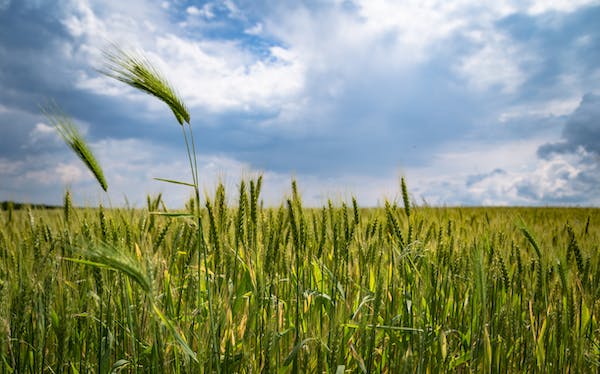
25 Jun AGRICULTURAL AND FARMING FUTURISTS: WHAT WILL THE FARMS OF THE FUTURE LOOK LIKE?
Per agriculture futurists and farming keynote speakers, the world of farmers is rapidly changing in the wake of new technologies and scientific advancements. Moreover, as global challenges such as climate change, population growth, and resource scarcity intensify, farmers and researchers are embracing groundbreaking approaches to maximize productivity, sustainability, and efficiency. As frequent agriculture futurists, we figured we throw our two cents in here. Simply scroll down to hear more about some new developments happening in the space.
To start with: As we often note, precision agriculture is a game-changer that combines technology, data analytics, and advanced sensors to optimize farming practices. By using drones, satellites, and ground-based sensors, farmers can collect real-time information about soil conditions, crop health, and water needs. As agriculture futurists have described, this data empowers them to make informed decisions, precisely targeting inputs like fertilizers, pesticides, and water, thereby reducing waste and increasing yield. The use of precision agriculture also enables the implementation of site-specific management, improving resource allocation and minimizing environmental impact.
As urbanization accelerates and available arable land decreases, vertical farming has emerged as a viable solution too. This innovative approach involves cultivating crops in vertically stacked layers or vertically inclined surfaces using hydroponics or aeroponics. By leveraging artificial lighting, climate control, and efficient space utilization, vertical farms can grow crops year-round, independent of weather conditions. Overall, you could say that the technology reduces the distance between farms and consumers, minimizes transportation costs, and significantly reduces water consumption. Moreover, vertical farming allows for the production of fresh, pesticide-free produce in urban areas, promoting local food security.
Similar to vertical farming, indoor farming harnesses controlled environments to optimize plant growth. By creating the perfect conditions for crop development, including temperature, humidity, and light levels, farmers can achieve higher yields and faster growth rates. Indoor farming eliminates the risks associated with extreme weather events and pests, reducing the need for pesticides and herbicides. In addition, this approach minimizes water usage by recirculating it within the system. With the integration of automated systems and artificial intelligence, indoor farming is becoming more efficient and scalable, enabling year-round production of a wide variety of crops.
Of course, the demand for plant-based proteins has also surged in recent years, as agriculture futurists and farming keynote speakers have observed, due to concerns about sustainability, animal welfare, and health. Innovations in this field have resulted in the development of plant-based alternatives to meat, dairy, and seafood that closely resemble their animal-derived counterparts. Through advanced processing techniques and ingredient innovations, these products offer similar taste, texture, and nutritional profiles. Plant-based proteins not only reduce the environmental footprint associated with conventional animal agriculture but also provide consumers with healthier and more ethical choices.
Advancements in biotechnology and genetic engineering are revolutionizing the agricultural sector to boot. Scientists are developing genetically modified crops that exhibit enhanced traits such as drought resistance, disease resistance, and increased nutritional content. These innovations have the potential to improve crop productivity, reduce the use of chemical inputs, and address food security challenges. Genetic engineering also plays a crucial role in the development of biofortified crops, which are enriched with essential vitamins and minerals, combating malnutrition in vulnerable populations.



